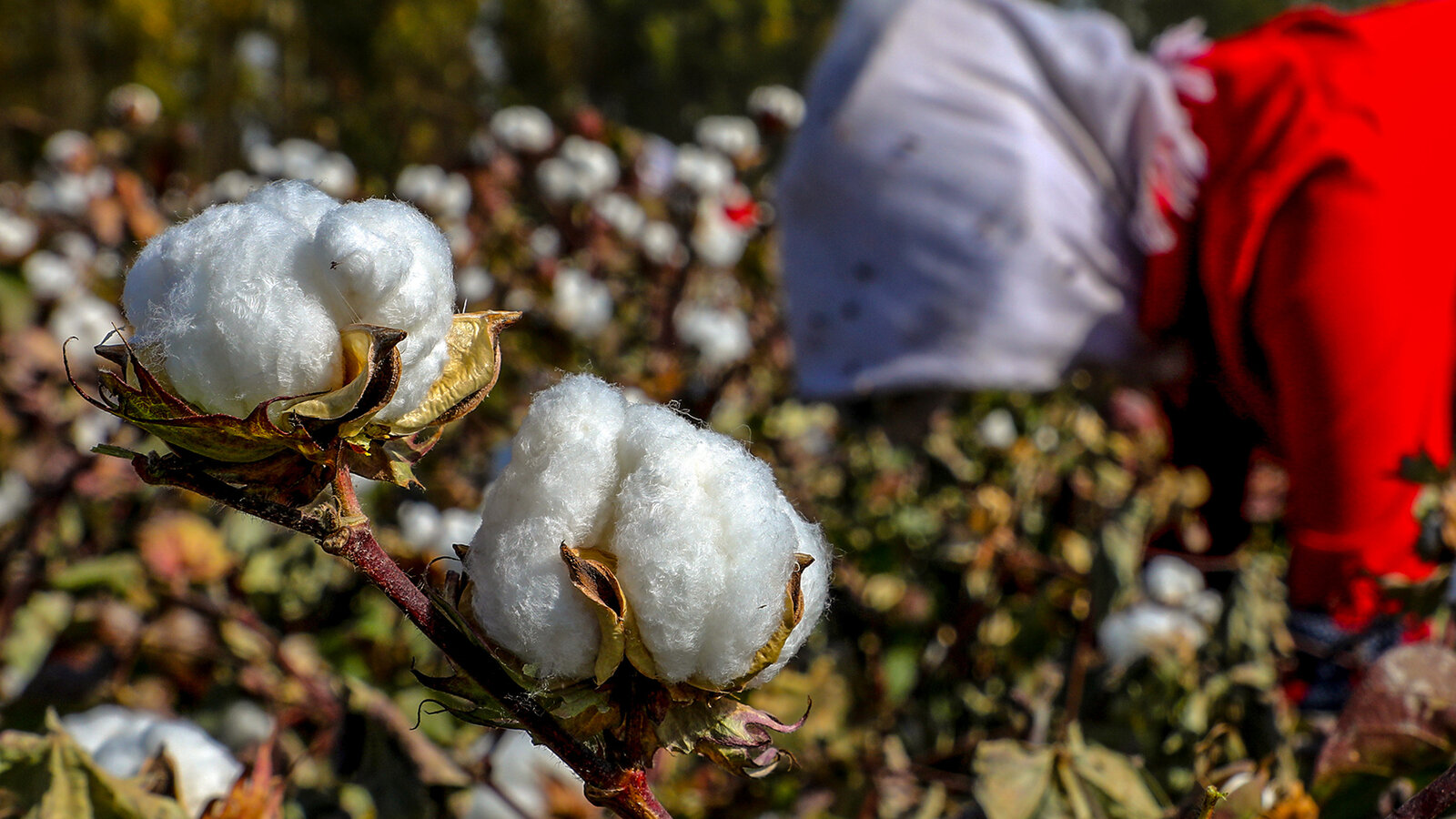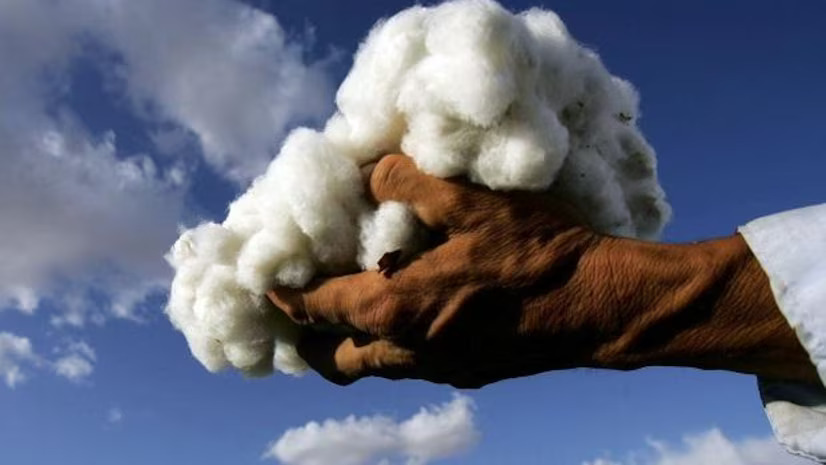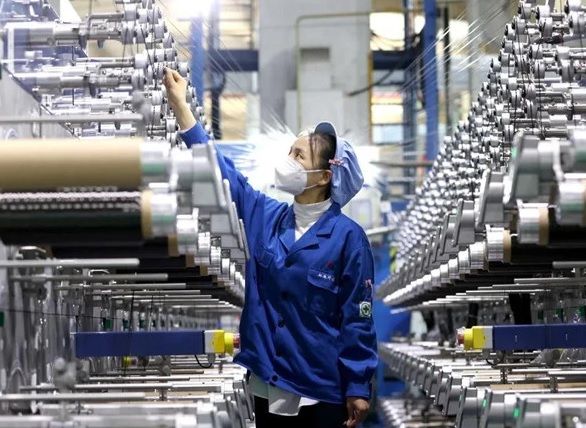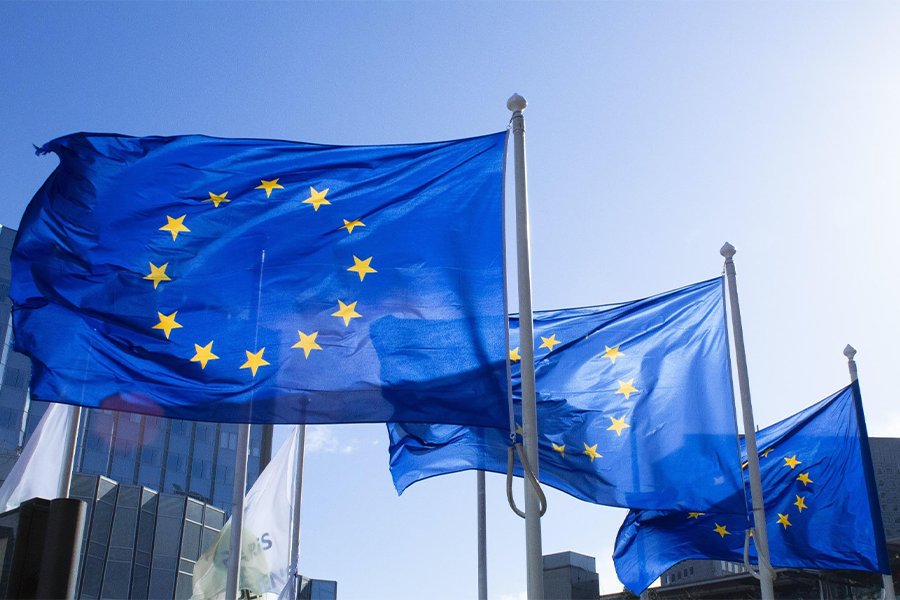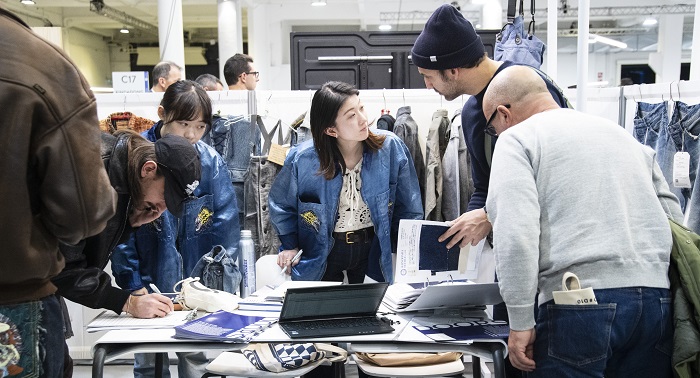"Many western brands, which sourced from the country owing to low wages and other benefits, moved away to other sourcing destinations. And the conclusion of recent TPP agreement would further move sourcing to Vietnam, leaving Bangladesh to think and act fast amid rising competition"
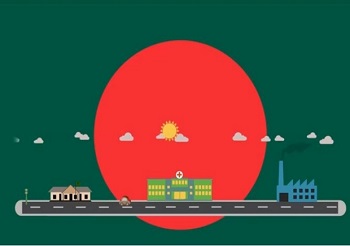
After incidents like the Rana Plaza building collapse and fire calamity in Bangladesh’s apparel industry that claimed several lives, there was a question mark on its safety and compliance eligibility. Many western brands, which sourced from the country owing to low wages and other benefits, moved away to other sourcing destinations. And the conclusion of recent TPP agreement would further move sourcing to Vietnam, leaving Bangladesh to think and act fast amid rising competition.
Strengthening raw material base

Bangladesh has been a leading global exporter of readymade garments (RMG) and earns around 76 per cent of its foreign exchange through exporting textiles and readymade garments. Presently, almost 100 per cent export-oriented knitted fabrics are being produced in the country but more than 60 per cent of the export-oriented woven fabric is imported making its RMG expensive. Also other raw material requirements such as 100 per cent of dyes, chemicals, spare parts and machinery are also imported. So in order to become competitive against its rivals such as Vietnam and Cambodia, Bangladesh will have to look into strengthening its raw material base to offer better price points.
Another aspect, is value addition. Bangladesh should simultaneously try to increase the export price by adding value to its products. Another most important point that can bring down costs significantly is the eliminations of middleman.
Directly dealing with the importers
The three-way process that involves transaction between the manufacturer to middleman and then middleman to importer leads to significant rise in costs. Now, while manufacturers are trying to reach out to suppliers directly skipping the agents on one hand to bring down cost on raw material, on the other they are directly negotiating with the importers to offer competitive price-points by eliminating the middleman.
While the process has begun, industry experts feel that the manufacturing companies need to invest in improving skill-sets of their marketing executives and a marketing strategy to deal with overseas buyers directly. The sector has hired many Sri Lankan, Indian and Pilipino production and quality control executives to gain confidence of the buyers. In fact, Bangladesh is relying on buyers' agent for orders. However, they need to train domestic employees to become the trusted marketing agents.
The country’s RMG exporters, instead of completely depending upon the traditional importing markets such as the US and EU must also explore markets like Japan, Australia, Russia, Eastern Europe, the Nordic countries, Central Asia, Africa and the Middle East to establish their presence in the global market. Its time, serious investment and effort is made to combat the competition.
According to a recent World Bank study, in the event the local RMG industry in Bangladesh is able to capture the attrition of about 20 per cent of China's apparel exports, Bangladesh's export volume will increase by at least $29 billion creating 5.4 million new jobs and 13.5 indirect employments.

